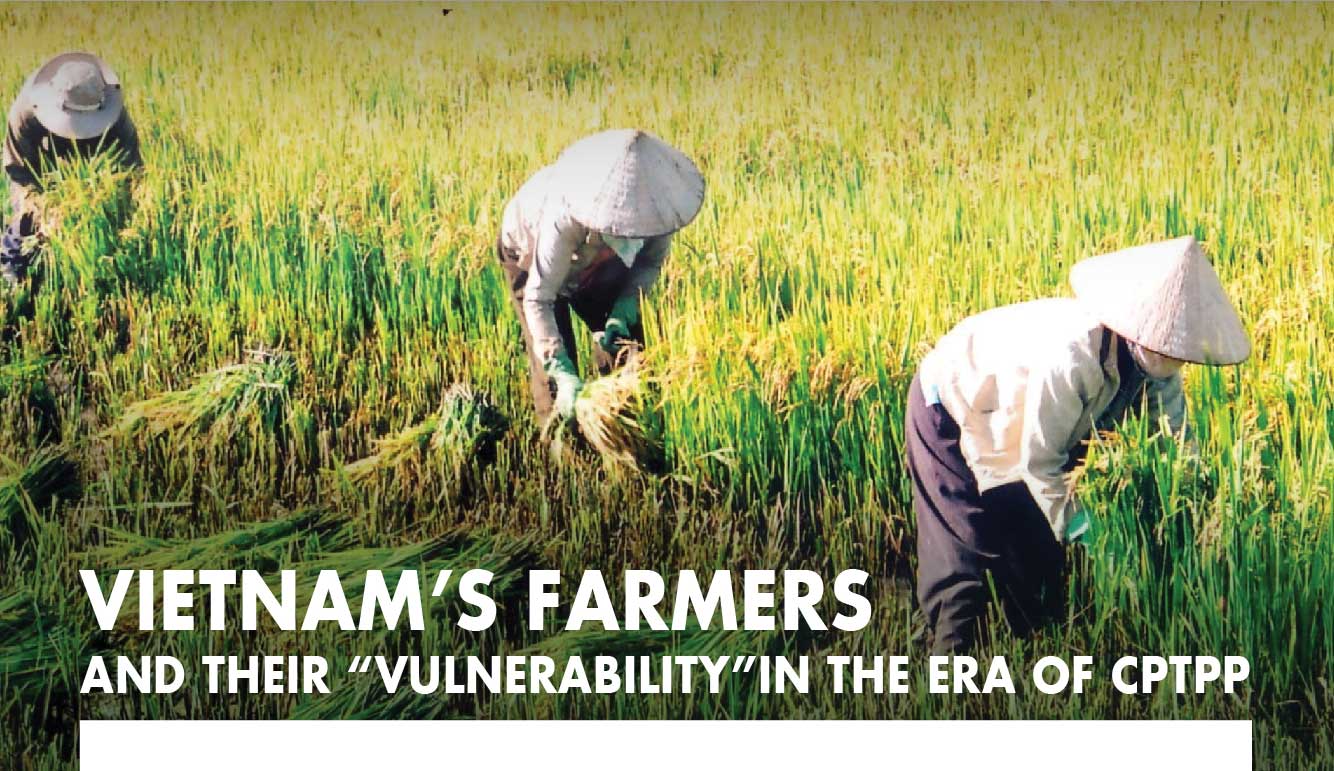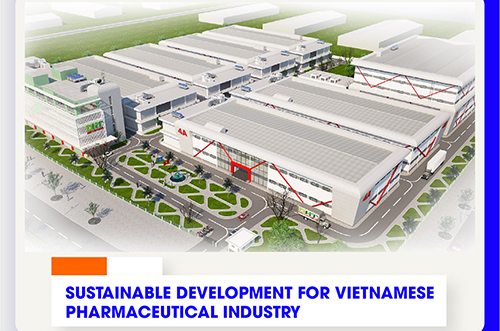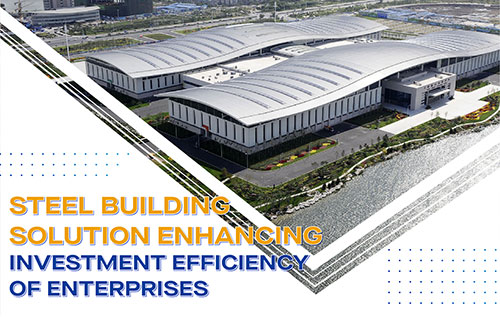In addition to development of comparative advantage sectors, Vietnam need to pay more attention to susceptible sectors to CPTPP, especially agricultural sector, one of the economic drive of Vietnam.
After many negotiations, Comprehensive and Progressive Agreement for Trans-Pacific Partnership (CPTPP), officially signed on 8 March 2018, a trade agreement between Australia, Brunei, Canada, Chile, Japan, Malaysia, Mexico, New Zealand, Peru, Singapore and Vietnam. This is good news for members in general and Vietnam in specific as a number of tax tariffs are adjusted in the expectation of promoting economic integration development.
Yet, such good news gives rise to concerns over pressure for tax reduction, base transition and erosion, pressure from technical barriers, pressures from competition and decline in share in the domestic market, especially the competitiveness of susceptible sector such as agriculture that incurs the risk of being faded away by imported goods. While our agriculture sector is on the small scale, simplified farming techniques based on previous experience under unfavorable weather conditions, it is lagged far behind advance in technology and process of other countries such as Thailand and Japan.
To solve the problems, let’s point out main contents of CPTPP and how Vietnam will be after joining the agreement.
Vietnam will have less benefits from CPTPP as compared to TPP
On 12 November 2018, Vietnam National Assembly issued the approval resolution on CPTPP. With participation of US, CPTT is still the market’s largest trade agreement with 500 million people and total GDP of USD 10,100 billion, equivalent to 13.5% of the world’s GDP.
After US’s withdrawal, CPTPP has 2 points modified from TPP, including:


Validity provision for CPTPP require only 6 countries to sign, then the agreement will take effect within 60 days from the signing day. CPTPP also adds some provisions related to withdrawal, admission, review, creating flexibility and availability to admit new members;

Temporarily 22 provisions on facilitation of trade, investment, services, public purchases, intellectual property, environment and transparency. CPTPP delay requesting members to modify their law and practices to protect new pharmacy, including biological products; and suspend regulation on extension of copyright lifetime.
According to observers, home and labor-intense industries will enjoy the most benefits from CPTPP, such as garment, footwear. While export tax rate of textile to non-FTA market is currently at above 10% (17-18% for US only), products that satisfy the technical requirements will enjoy benefits from 0% tax rate, which would promote the textile sector to grow by 8.3-10.8%.

The World Bank states that by 2030, export to CPTPP countries will increase from USD 54 billion to 80 billion, accounting for 25% of total export. For Vietnam, benefits gained from CPTPP is less than from TPP, which is partially because we have already had bilateral and multilateral FTA with 7/10 CPTPP’s members. However, the CPTPP export market will diverse and consistent with less reliance on the US.


Concerns of agricultural sector
On the contrary, CPTPP is expected to have adverse impact on agricultural produce, livestock and food processing of pork and chicken due to low competiveness. It is estimated that reduction of import tax tariff by CPTPP will reduce livestock productivity by 0.3% and food processing growth by 0.37% to 0.52%.
According to World Bank, 23 export sectors in Vietnam will have largest gross reduction including agriculture (USD -1.6 billion), which is partially contributed to the fact that CPTPP move the direction of FDI capital into textile and footwear sectors with the consumers switching to use agricultural produce from member with lower price after CPTPP.
However, the major reason come from the low competiveness of the domestic agricultural sector. For example, farmers in developed countries are well trained, qualified and able to apply technical process officially guided by the sector whereas Vietnamese farmers follow conventional practice instead of officially guided practices, with an exception to those who enter into contract “link among 4 sectors”.
It is human factor, another limitation is farming, breeding, preserving techniques and technologies… This factor directly impacts quality, quantity and agricultural production expenses, which forms the basis for selling prices and results in the low competitive agriculture produce. This is demonstrated by recent stories in sugar, fruit and rice which Vietnam has registered relatively high volume export in the world market.


On the other hand, small-scale farm is also a big barrier for enhancement of competitiveness of Vietnamese farmers. Experts state that low-cost manufacturing area are those with hundreds to thousands of hectares.
And the last is agricultural marketing which addresses the low competitiveness and take advantage of potential strengths. In practice, according to agricultural restructuring policy, either farmers or local leaders cannot decide what goods to produce, and which methods to follow. All must follow the signal of the market, so grasping the trend and market tastes is the key issue that Vietnam needs to seek solutions for not only agriculture, but also related industries such as media information and technology…
In addition to development of advantageous sectors, Vietnam need to pay more attention to susceptible sectors to CPTPP, especially agricultural sector, one of the economic drive of Vietnam.
Despite many shortcomings, Vietnam agriculture also has certain strengths up to the present time. According to data from the General Statistics Office in 2018, the agricultural sector continues to show a significant recovery trend when reaching an increase of 2.89%, the highest increase of the period 2012-2018.
In a speech in 2018 Conference on Summarization and Implementation of 2019 Plans of Ministry of Agriculture and Rural Development, Prime Minister Nguyen Xuan Phuc highly evaluates the agricultural sector with outstanding achievements. Not only properly restructured, the sector has produced many products with high productivity, which helps total export exceed the budgeted and rank the second in Southeast Asia.
At the same time, he emphasized the development of agricultural sector plays an important role in economic and social development. The Prime Minister reminded 10-year objectives for the agricultural sector, that is, to bring Vietnam to top 10 countries with the most developed agricultural sector and agricultural produce processing ranking top 10 in the world.










Comment